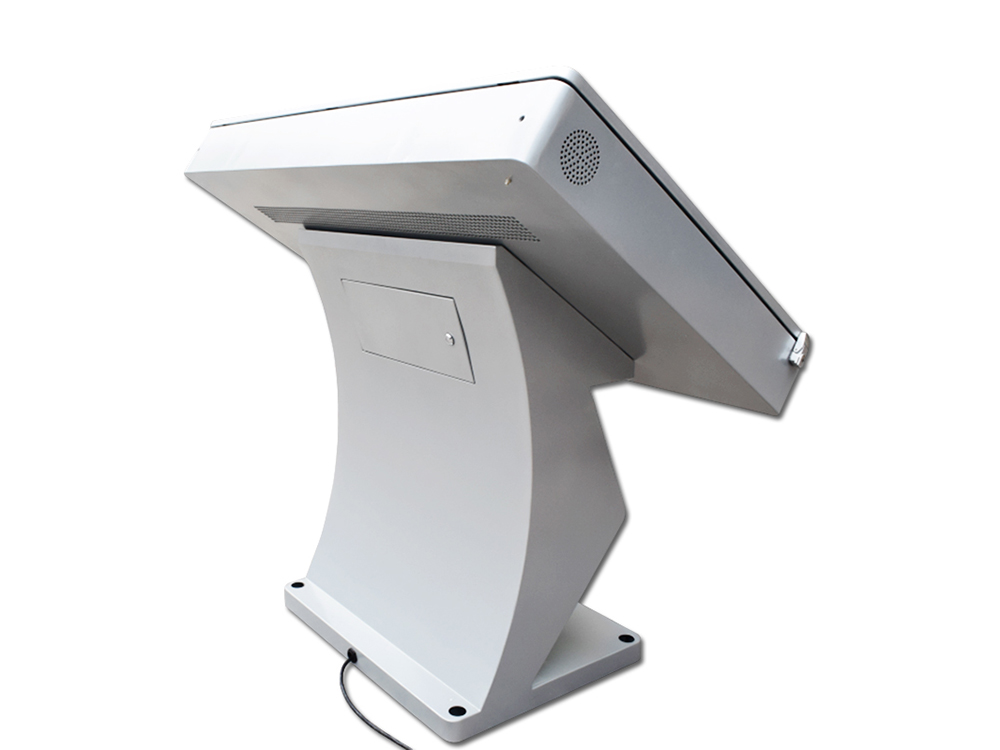Can Digital Signage Be Scheduled in Advance?
In the realm of modern communication and information dissemination, digital signage has emerged as a powerful tool. From retail stores and corporate offices to educational institutions and public spaces, digital signage is everywhere, captivating audiences with dynamic visuals and real-time updates. One of the key advantages of digital signage over traditional static signage is its ability to display content dynamically and, more importantly, to be scheduled in advance. This functionality not only enhances the efficiency of content management but also ensures that the right message reaches the right audience at the right time.

The concept of scheduling digital signage content in advance is rooted in the need for flexibility and automation. In a fast-paced world where information changes rapidly, manually updating digital signs can be a cumbersome and time-consuming task. Imagine having to change the content on multiple displays across different locations every time there's a new promotion, event, or announcement. It would require a significant amount of manpower and could potentially lead to errors or delays.
Fortunately, digital signage systems have evolved to address these challenges. Most modern digital signage solutions come equipped with content management systems (CMS) that allow users to schedule content in advance. This means that you can prepare your content, set the desired display times, and let the system take care of the rest. Whether you want to display a special offer during peak shopping hours, show a welcome message to visitors at the start of the day, or broadcast emergency alerts as needed, advanced scheduling capabilities make it all possible.
One of the primary benefits of scheduling digital signage in advance is the ability to maintain consistency across multiple locations. For businesses with multiple branches or outlets, ensuring that all digital signs display the same content at the same time can be crucial for brand consistency and customer experience. With a centralized CMS, you can easily manage and schedule content for all your digital signs from a single platform. This not only saves time but also reduces the risk of human error, ensuring that your messaging is accurate and uniform across all locations.
Another advantage of advanced scheduling is the ability to target specific audiences at specific times. For example, a retail store might want to display children's clothing promotions during weekends when families are more likely to shop together. Similarly, a restaurant might schedule its lunch menu to appear during lunchtime and its dinner menu during dinnertime. By tailoring your content to the time of day and the audience's preferences, you can increase engagement and drive better results.
Moreover, scheduling digital signage content in advance can help you plan for future events and campaigns. Whether it's a seasonal sale, a holiday promotion, or a special event, you can prepare your content well in advance and schedule it to display at the appropriate times. This not only ensures that your messaging is timely and relevant but also allows you to focus on other aspects of your business without worrying about last-minute content updates.
In addition to scheduling, many digital signage CMS platforms also offer real-time data integration capabilities. This means that you can display dynamic content, such as weather updates, news feeds, or social media posts, alongside your scheduled content. For example, a hotel might want to display the current weather conditions and temperature to its guests, while a corporate office might show the latest news headlines during break times. By combining scheduled and real-time content, you can create more engaging and informative digital signage experiences.
Of course, the success of your digital signage scheduling depends on the reliability and robustness of your CMS platform. A good CMS should be user-friendly, intuitive, and capable of handling large amounts of data and content. It should also offer robust security features to protect your content from unauthorized access or tampering. Furthermore, it should be scalable and flexible enough to adapt to your changing needs and requirements over time.
When choosing a digital signage CMS platform, it's important to consider your specific needs and budget. Some platforms may offer more advanced features and functionalities than others, but they may also come with a higher price tag. It's essential to strike a balance between functionality and cost to ensure that you get the best value for your money.
In conclusion, scheduling digital signage content in advance is a powerful feature that can greatly enhance the effectiveness and efficiency of your digital signage strategy. By preparing and scheduling your content in advance, you can maintain consistency across multiple locations, target specific audiences at specific times, plan for future events and campaigns, and combine scheduled and real-time content to create more engaging experiences. However, the success of your scheduling efforts depends on the reliability and robustness of your CMS platform. Therefore, it's crucial to choose a platform that meets your specific needs and budget requirements. With the right CMS in place, you can take full advantage of digital signage's dynamic and flexible nature to communicate more effectively with your audience.
Application scenarios of digital signage

Tags:
self service kiosk touch kiosk digital signage interactive display interactive touch whiteboard kiosk video wall wall outdoor kiosk IP68 IP67 screen Shopping MallCurrent article link:
https://www.lcdkiosk.com/news/1290.html







